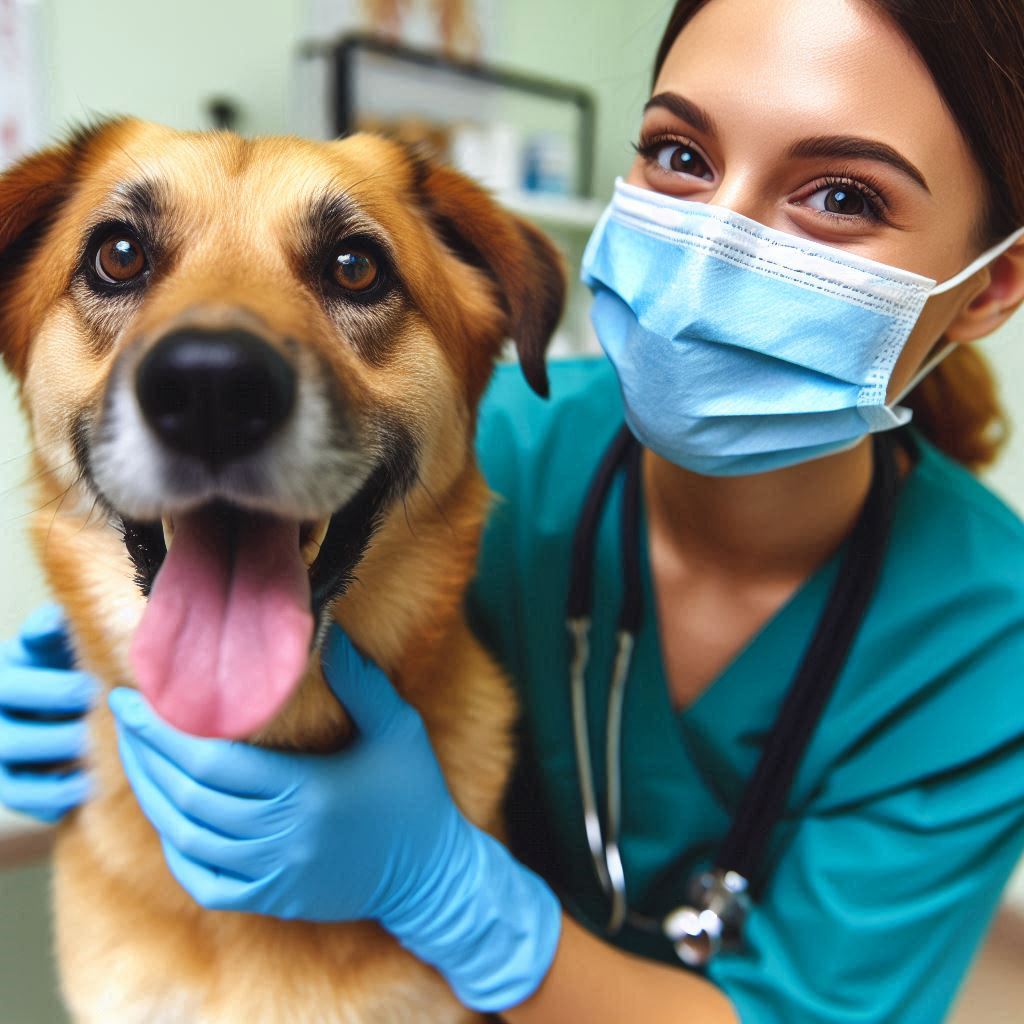Natural Remedies for Dog Dandruff: Gentle Solutions for Healthy Skin
Understanding What Causes Dog Dandruff
Before diving into solutions, it’s helpful to understand why dogs develop dandruff in the first place. Canine dandruff typically results from dry skin conditions that cause the outer skin cells to shed more rapidly than normal. Environmental factors play a significant role—low humidity during winter months can strip moisture from your dog’s skin, while excessive heat can have similar effects.
Nutritional factors often contribute to dry skin in dogs. A diet lacking in essential fatty acids, particularly omega-3 and omega-6, can leave your pet’s skin barrier compromised and prone to dryness. Additionally, over-bathing with harsh shampoos can disrupt the natural oil balance that keeps your dog’s skin healthy and moisturized.
Dr. Sarah Mitchell, Veterinary Dermatologist: “Most cases of dog dandruff stem from environmental factors and can be effectively managed with simple home remedies. The key is maintaining proper skin hydration and supporting your dog’s natural skin barrier function.”
Allergies, both food-related and environmental, can also trigger excessive skin shedding. Some dogs develop sensitivities to certain proteins, grains, or environmental allergens like pollen or dust mites. Parasites, particularly fleas, can cause intense scratching that damages the skin and leads to increased flaking.
Natural Home Remedies That Really Work
Coconut Oil: Nature’s Moisturizer
Coconut oil stands out as one of the most effective natural treatments for dog dry skin. This versatile oil contains lauric acid, which provides antimicrobial properties while deeply moisturizing the skin. The medium-chain fatty acids in coconut oil are easily absorbed, making it ideal for dogs with sensitive skin.
To use coconut oil for your dog’s dandruff, warm a small amount between your hands until it becomes liquid, then gently massage it into your dog’s skin, focusing on areas with visible flaking. Start with small amounts—about a teaspoon for small dogs, up to a tablespoon for larger breeds. Allow the oil to absorb for 10-15 minutes before brushing out any excess.
Oatmeal Baths for Soothing Relief
Oatmeal has been used for centuries to treat skin irritation and dryness, and it works just as effectively for dogs. The natural compounds in oatmeal, called avenanthramides, have anti-inflammatory properties that can calm irritated skin while providing gentle moisturization.
Create a soothing oatmeal bath by grinding plain, unflavored oatmeal into a fine powder using a food processor or blender. Mix this oat flour with warm water to create a milky solution, then pour it over your dog during their bath. Let your pet soak for 10-15 minutes, then rinse thoroughly with lukewarm water.
Jennifer Parker, Certified Pet Groomer: “I’ve seen remarkable improvements in dogs with chronic dandruff after just two or three oatmeal baths. The key is consistency and using lukewarm water—hot water can actually worsen dry skin conditions.”
Apple Cider Vinegar Rinse
Apple cider vinegar can help restore your dog’s skin pH balance while providing antimicrobial benefits. However, this remedy requires careful dilution to avoid skin irritation. Mix one part raw, unfiltered apple cider vinegar with three parts warm water to create a gentle rinse.
After your dog’s regular bath, pour this diluted solution over their coat, avoiding the eyes and any open wounds. Massage gently into the skin and let it sit for a few minutes before rinsing thoroughly. This natural remedy can help remove dead skin cells while promoting a healthier skin environment.
Dietary Supplements for Internal Support
Supporting your dog’s skin health from the inside out often yields the best long-term results. Fish oil supplements rich in omega-3 fatty acids can significantly improve skin hydration and reduce inflammation. Look for high-quality fish oil specifically formulated for dogs, and follow dosage recommendations based on your pet’s weight.
Coconut oil can also be given orally in small amounts—start with 1/4 teaspoon for small dogs and up to 1 teaspoon for larger breeds, gradually increasing over several days. This internal approach helps nourish the skin from within while providing the same moisturizing benefits externally.
Creating the Right Environment for Healthy Skin
Environmental factors play a crucial role in managing dog skin conditions. During dry winter months, indoor heating can significantly reduce humidity levels, exacerbating skin dryness. Consider using a humidifier in areas where your dog spends most of their time, aiming for humidity levels between 30-50%.
Regular grooming habits can make a tremendous difference in preventing and managing dandruff. Brushing your dog daily helps distribute natural oils throughout their coat while removing dead skin cells before they become visible flakes. Choose a soft-bristled brush or grooming mitt to avoid irritating sensitive skin.
Dr. Michael Chen, Holistic Veterinarian: “Environmental management is often overlooked in treating dog dandruff, but it’s equally important as topical treatments. Maintaining proper humidity and avoiding over-bathing can prevent most cases of seasonal dry skin in dogs.”
Proper Bathing Techniques for Sensitive Skin
How you bathe your dog can significantly impact their skin health. Many pet parents unknowingly contribute to dry skin by bathing too frequently or using inappropriate products. Most dogs only need baths every 4-6 weeks unless they get particularly dirty or smelly.
When bathing is necessary, use lukewarm water and gentle, moisturizing dog shampoos. Look for products containing natural ingredients like aloe vera, which provides soothing and hydrating benefits. Avoid human shampoos, which have different pH levels that can disrupt your dog’s skin barrier.
After shampooing, consider using a gentle conditioner designed for dogs with sensitive skin. These products help seal in moisture and create a protective barrier against environmental irritants. Always rinse thoroughly to prevent product buildup, which can cause additional skin irritation.
Nutritional Support for Healthy Skin
A well-balanced diet forms the foundation of healthy skin and coat. High-quality dog food containing adequate levels of protein, essential fatty acids, and vitamins supports skin cell regeneration and moisture retention. Look for foods that list specific meat sources as the first ingredient and contain omega-3 fatty acids from fish or flaxseed.
Some dogs benefit from limited ingredient diets, especially if food allergies contribute to their skin issues. Common allergens include chicken, beef, dairy, and grains. If you suspect food allergies, work with your veterinarian to identify potential triggers through an elimination diet.
Proper hydration also plays a vital role in skin health. Ensure your dog has access to fresh, clean water at all times. Some dogs don’t drink enough water, especially during colder months, so consider adding a small amount of low-sodium bone broth to their water bowl to encourage consumption.
When to Seek Professional Help
While natural remedies can effectively treat most cases of dog dandruff, certain situations require veterinary attention. If your dog’s dandruff is accompanied by excessive scratching, red or inflamed skin, or hair loss, these symptoms may indicate a more serious underlying condition.
Persistent dandruff that doesn’t improve after several weeks of consistent natural treatment may require professional diagnosis. Conditions like seborrheic dermatitis, fungal infections, or hormonal imbalances can cause similar symptoms but need specific medical treatment.
Dr. Lisa Rodriguez, Small Animal Veterinarian: “Natural remedies work wonderfully for mild to moderate dandruff, but I always recommend consulting with a vet if symptoms persist or worsen. Early intervention can prevent simple skin issues from becoming chronic problems.”
Prevention Strategies for Long-Term Success
Preventing dog dandruff is often easier than treating it once it develops. Establishing a consistent grooming routine that includes regular brushing, appropriate bathing frequency, and environmental management creates the foundation for healthy skin.
Seasonal adjustments to your dog’s care routine can prevent weather-related skin issues. During winter, consider reducing bath frequency and increasing humidity levels in your home. Summer care might focus more on protecting against allergens and maintaining proper hydration.
Regular health check-ups allow early detection of underlying conditions that might contribute to skin problems. Your veterinarian can assess your dog’s overall health and recommend specific preventive measures based on their breed, age, and individual risk factors.
Building Your Natural Dog Care Toolkit
Creating an effective natural remedy toolkit ensures you’re prepared to address dandruff issues as soon as they appear. Essential items include high-quality coconut oil, plain oatmeal for baths, apple cider vinegar for rinses, and a good omega-3 supplement.
Invest in proper grooming tools, including a soft-bristled brush appropriate for your dog’s coat type and a gentle, moisturizing shampoo for sensitive skin. Having these items readily available allows you to respond quickly when you notice the first signs of dry, flaky skin.
Remember that consistency is key when using natural remedies. Unlike harsh chemical treatments that might provide quick but temporary relief, natural approaches work gradually to restore your dog’s skin health from within. Be patient and maintain regular treatments for the best results.
Your dog’s skin health reflects their overall wellness, and addressing dandruff naturally supports their entire system rather than just masking symptoms. With the right combination of topical treatments, environmental management, and nutritional support, most dogs can achieve and maintain healthy, flake-free skin throughout their lives.
These gentle, natural remedies offer safe and effective alternatives to harsh chemical treatments while strengthening the bond between you and your furry companion through regular care and attention. Start with one or two remedies that seem most appropriate for your dog’s specific situation, and gradually build a comprehensive care routine that keeps their skin healthy and comfortable year-round.











